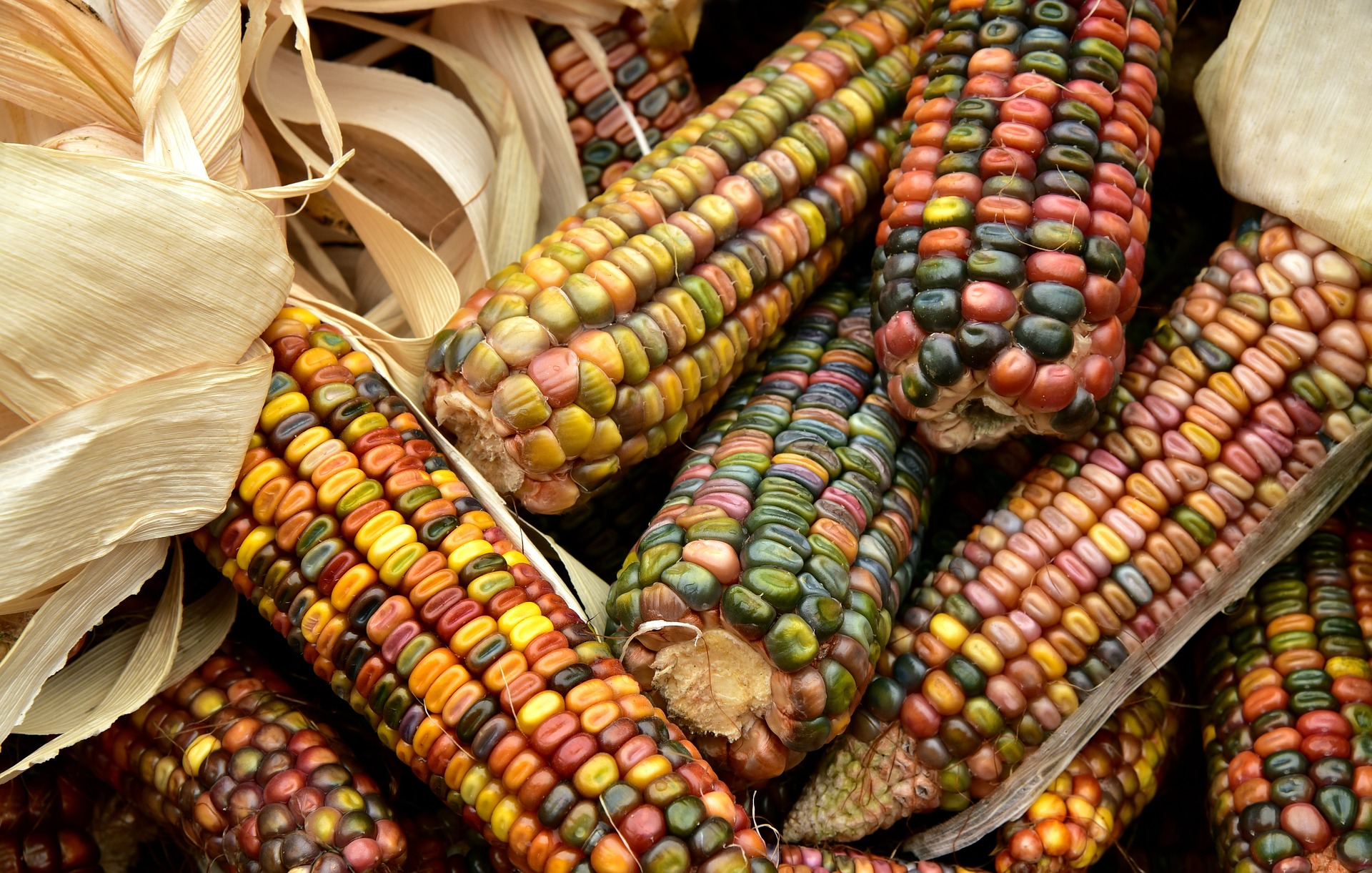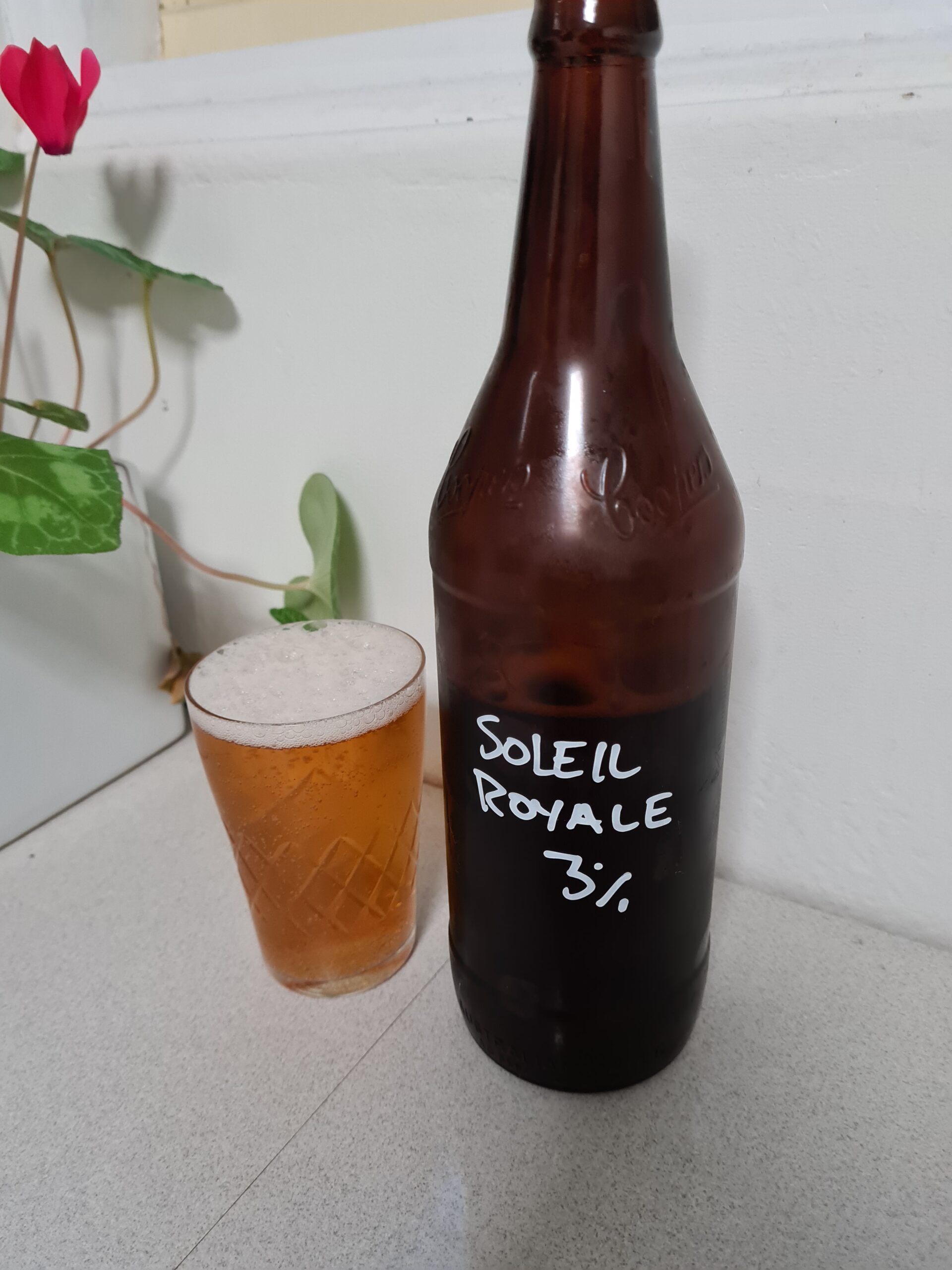Welcome to another edition of Ingredient Spotlight. Today we’ll be looking at an often overlooked addition to beer – corn! In this article we’ll look at the changing way corn and maize has been used in brewing for over a thousand years. We’ll explore the history of corn, some different styles of corn beverages and look at the different ways corn can be used in the brewing process.
The history of corn
Corn is a cereal grain that was first domesticated in southern Mexico over 7000 years ago. Corn as we know it today (scientific name Zea mays) looks very different to the original grass from which it originated (Teosinte). Teosinte grew as a wild grass and was selectively bred over many years to look like something you might recognise from a greengrocer or supermarket today. The cultural significance of this crop for many tribal groups cannot be understated – corn was, and is, seen as a life giver and even used in ritualistic practices.
Following its domestication, it slowly spread up and down the American continent, becoming a true staple for many first nations people in present day Central America, South America and the United States. Following European colonisation of the Americas around 500 years ago, corn exploded in popularity in Europe and other parts of the world.
Today corn is the third biggest food crop worldwide with 1.2 billion metric tons being produced in 2022. The USA is the world’s largest producer of corn products (thanks largely to a controversial government subsidy program worth over $2 billion USD annually). China and Brazil are also significant producers of corn.
Corn has many uses aside from a food crop: it can be used to make a sweetening syrup, used for biofuel, animal feed and of course brewing beer and other beverages like corn mash whisky. In many parts of Central and South America husks and cobs are also used for heating, cooking and even art!
Corn in brewing
With corn originating in Central America, it is perhaps unsurprising that this is where we see the first instances of a brewed corn beverage. Strictly speaking (and according to the Reinheitsgebot), alcoholic beverages made from corn are not “beer” but rather a fermented drink made from malted corn. This first 100% corn “beer” is known as Chicha and remains popular in some parts of the Andes to this day. Personally, I’m yet to try an authentic Chicha but it is definitely on my beer bucket list!
As time rolled on and corn was exported to the rest of the world, we began seeing corn used in ales and lagers in Europe and beyond. The first recorded European beer recipe containing corn appears in Resources of the Southern Fields and Forests, Medical, Economical, and Agricultural (1863) by Francis Peyre Porcher. Because of the relative difficulty in malting corn (as compared to other cereal crops such as barley), corn was often used as a “last resort” for brewing where malted barley wasn’t available. This was certainly the case for John Boston who produced Australia’s first recorded fermented beverage (corn beer) in 18th Century Sydney.
There are almost endless ways that corn is used in brewing. From a Wari tribal woman chewing up and spitting corn into the brew pot to dextrose for adding carbonation or alcohol. The versatility of this crop is one of the reasons that corn remains popular in brewing to this day.
When we use corn in our beer recipes, we need to think about the fermentable sugars it will add to our batch. Some forms of corn (like grits) need to be cooked or gelatinised before they are added to the brew. Corn can be used as an adjunct to bring a lighter, crisper body to the brew and can add fermentable sugar. However you use it, it’s important not to go too overboard – too much corn can get “sticky” and cause problems with stuck sparges. As a general rule, corn products shouldn’t make up more than 40% of your grain bill.
Famous corn beers
Apart from the traditional Chicha style of beer from Central and South America, there are some other styles of beer that utilise corn as an ingredient. One of the more popular examples is Cream Ale. Originating in the United States in the 1800’s, this style of beer uses a significant amount of corn to create a dry, highly-attenuated beverage. Despite its name, the beer isn’t creamy at all (the name was likely a marketing gimmick). It is typically fermented at higher temperatures using an ale or lager yeast (depending on the brew house). One of the most famous Cream Ale’s these days is Genessee Cream Ale from Rochester, New York. I’m personally not a huge fan of cream ale, but many in the greater New York area of the USA absolutely adore it!
Another style of beer which uses corn is lagers. In more modern, non-traditional lagers such as US, Mexican and Italian lagers, we see corn used as an inexpensive way to add ABV to mass produced beers. It also keeps a nice light mouthfeel to the beer. Many traditionalists may cringe at the idea of using corn in a lager, but personally I love a macro lager which includes corn. Lagers with corn in them include KEO (Greece), Nastro Azzuro and Peroni (Italy), Modelo (Mexico) and Miller Lite (USA)…to name only a few.
Corn has a surprisingly interesting history stretching back thousands of years. Its importance as a crop to the native people of the Americas is incredibly significant. Aside from its use as a food, it has been used in brewing for many years. We have seen an evolution of how corn is used in brewing over many generations. From humble beginnings in the fermented Chicha drink of the Andes, we have seen corn used in ales in the 18th and 19th century. In more modern times, corn has been used as an adjunct in some of the world’s biggest selling macro lagers. So next time you’re eating popcorn at the movies or enjoying a cold Nastro Azzuro, remember the history of this amazing plant.
Cheers!
Read Next: Finding the Best Beer Koozies for Bottles And Cans: What’s on Amazon?, Reviewing Italy’s Supermarket Beers and What Is The Reinheitsgebot?





